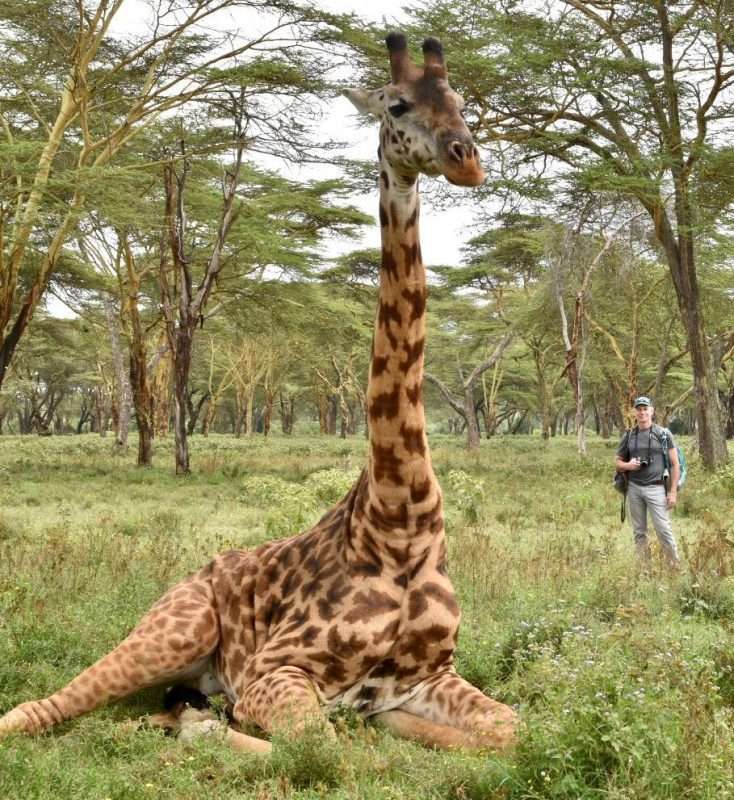Crescent Island, Kenya – Walking Safari at Lake Naivasha
Discover Crescent Island Sanctuary – A Hidden Gem in Lake Naivasha
Crescent Island Game Sanctuary is one of Kenya’s most breathtaking and underrated safari destinations. Nestled in Lake Naivasha, just a 90-minute drive from Nairobi, Crescent Island offers visitors a unique walking safari experience — one of the few places in Kenya where you can walk safely alongside wildlife like zebras, giraffes, antelopes, and wildebeests without the barrier of a vehicle.
Whether you’re a nature lover, wildlife photographer, or traveler seeking something off the beaten path, Crescent Island Kenya is a must-visit.
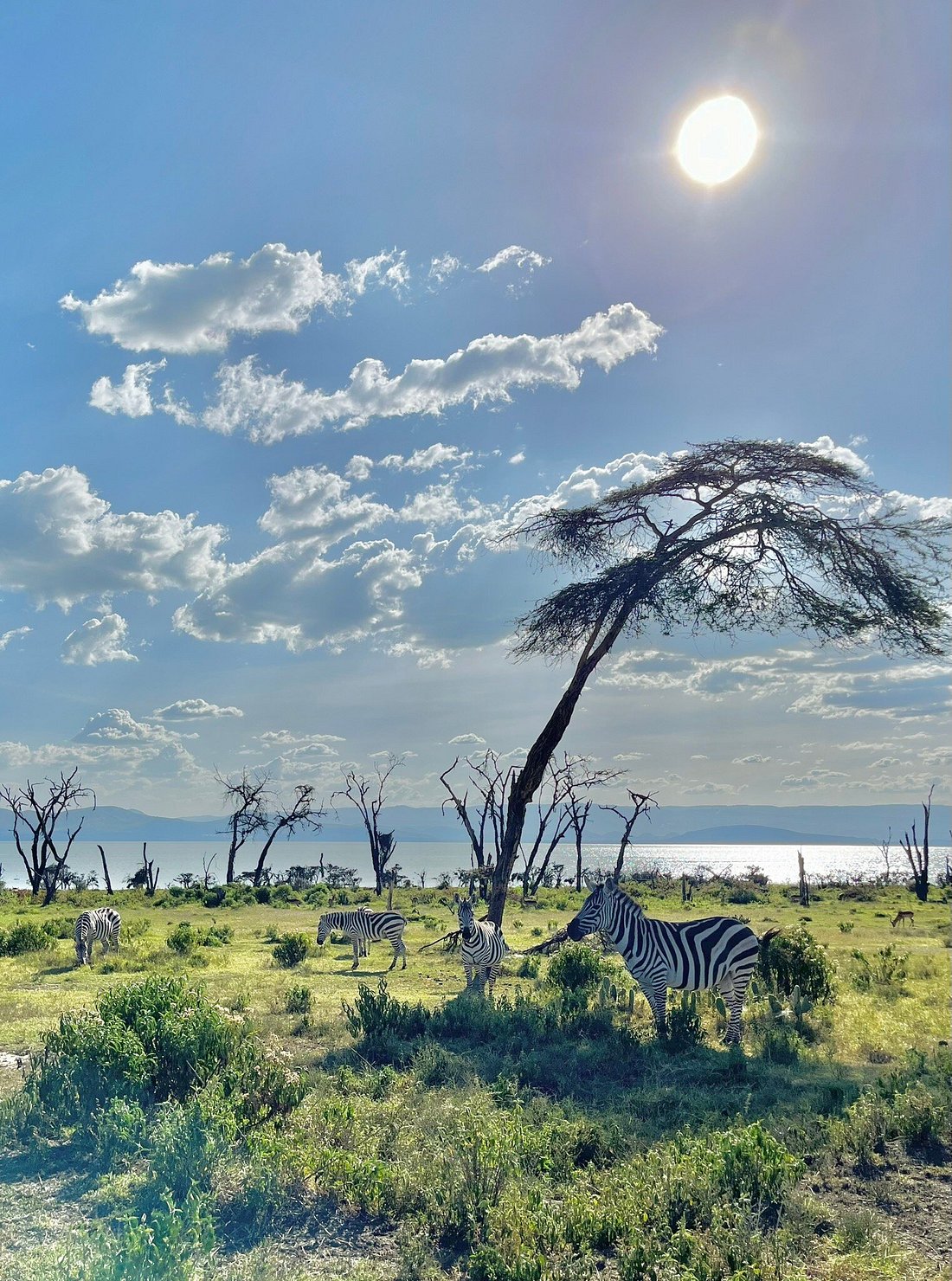

How to Get to Crescent Island – Boat Ride & Access
The adventure begins with a scenic boat ride across Lake Naivasha, passing by hippos and a variety of birdlife. Crescent Island is accessible only by boat from the shores of Lake Naivasha, adding to the sense of isolation and exclusivity.
What’s included in our Crescent Island tour:
- Round-trip transport from Nairobi or Naivasha
- Boat ride across Lake Naivasha
- Park entry fees to Crescent Island
- Guided walking safari with an expert naturalist
- Optional lunch stop at a lakeside restaurant
📍 Located within Lake Naivasha, 30 mins from Hell’s Gate National Park
What Makes Crescent Island Special?
Unlike many game parks, Crescent Island offers non-predatory wildlife, which means visitors can walk freely among the animals. This is one of the safest walking safaris in Kenya and a great choice for families or first-time safari-goers.
Wildlife You’ll Encounter:
- Giraffes
- Zebras
- Impalas
- Wildebeests
- Waterbucks
- Over 200 species of birds
Pro Tip: Visit during sunrise or sunset for the most magical views and lighting.
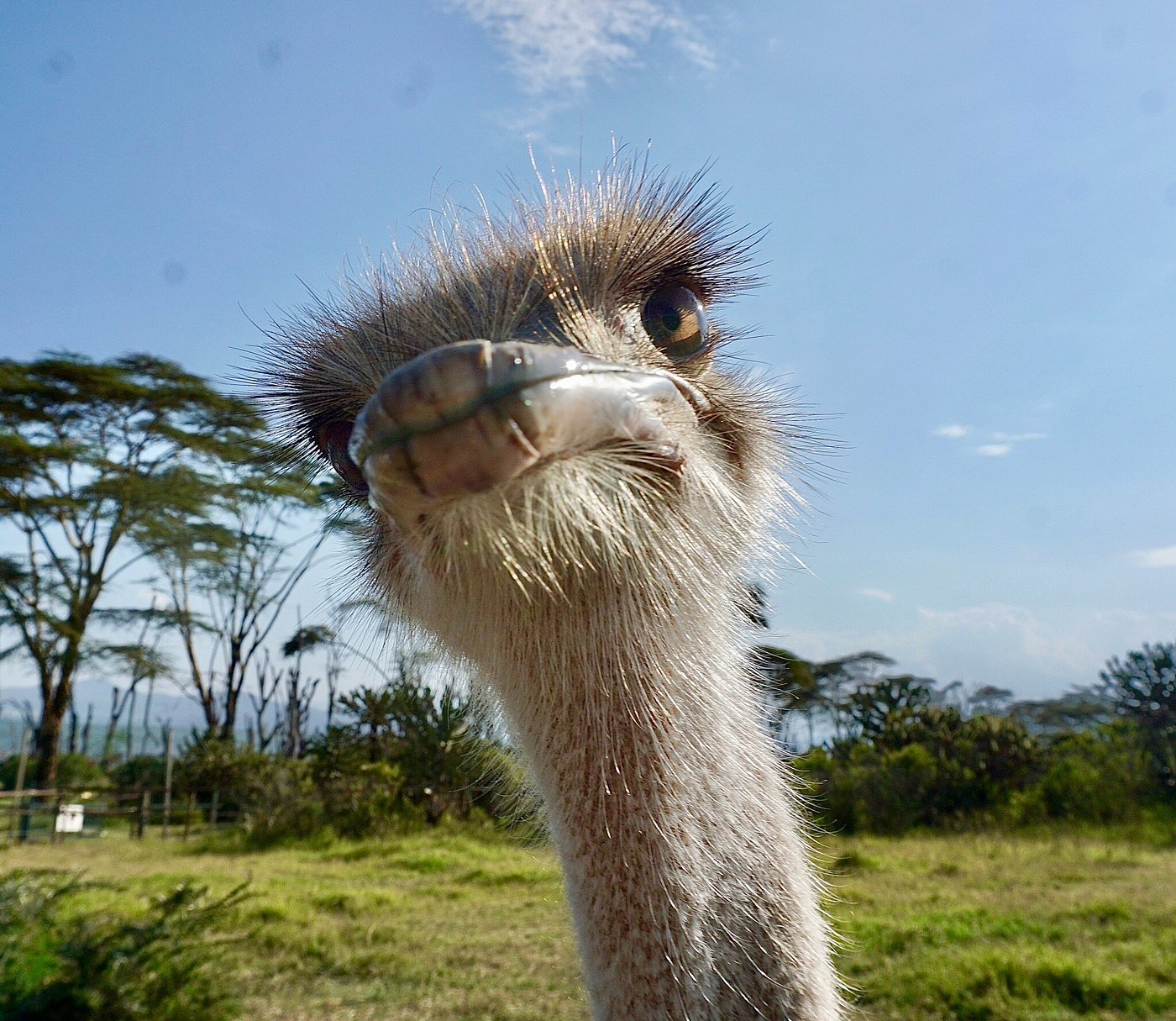
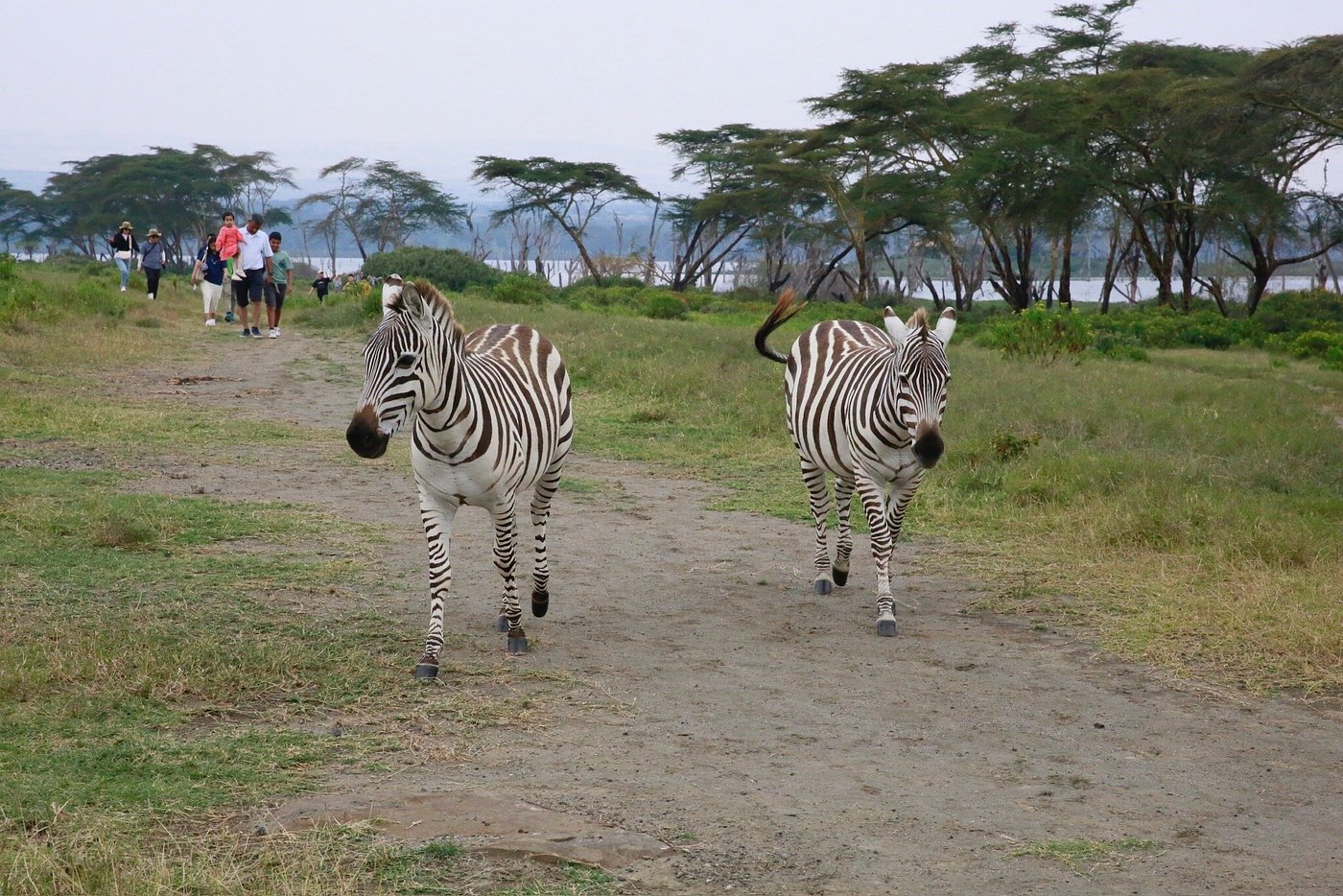
Crescent Island Entry Fee & Tour Costs
| Ticket Type | Price (USD) |
|---|---|
| Park Entry (Non-resident Adult) | $35 |
| Boat Ride | Included in our package |
| Private Guided Tour |
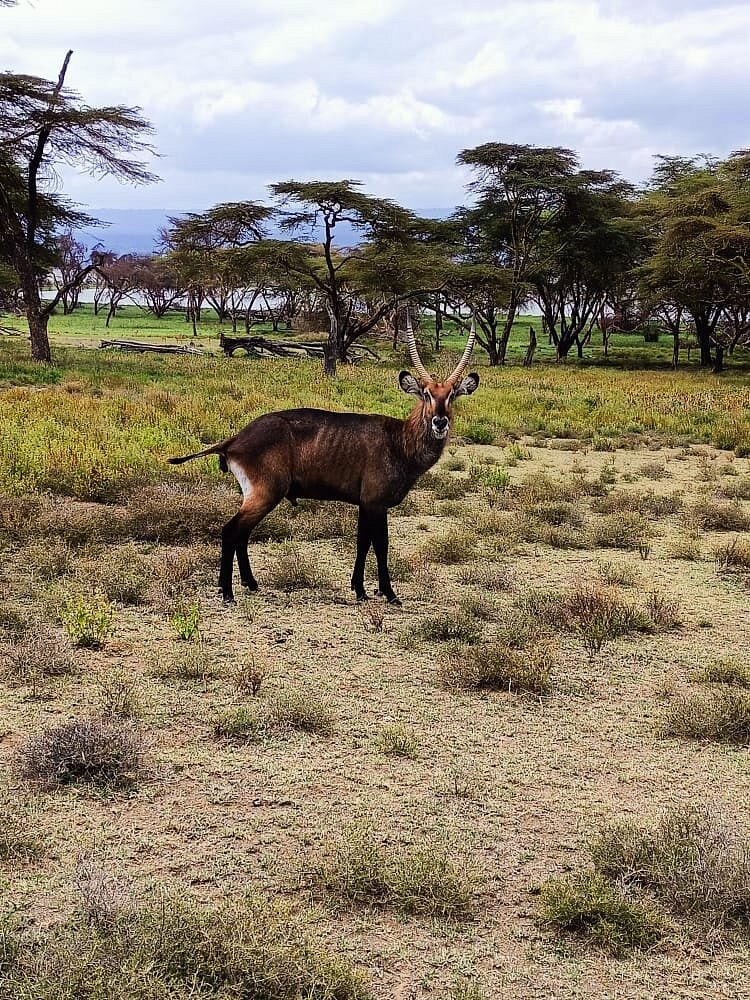
Book Your Crescent Island Safari Day Tour
Avoid the crowds of mainstream game parks and explore Crescent Island Lake Naivasha on foot — an experience you’ll never forget. Perfect as a day trip from Nairobi or part of a Naivasha weekend escape.
Why Book With Anne’s Kenya Safaris?
- Experienced local guides
- Comfortable private transport
- Customizable itineraries
- Fast, reliable booking support
Contact us now to plan your day tour to Crescent Island!
Directions to Crescent Island
From Nairobi:
Route: Nairobi → Naivasha → Lake Naivasha shores → Boat to Crescent Island
Distance: ~90 km
Driving time: ~1.5 hours
Let Us Guide You to Crescent Island
If you’re searching for a peaceful, immersive wildlife experience in Kenya, look no further than Crescent Island Sanctuary. Let us take care of the planning so you can enjoy every moment.
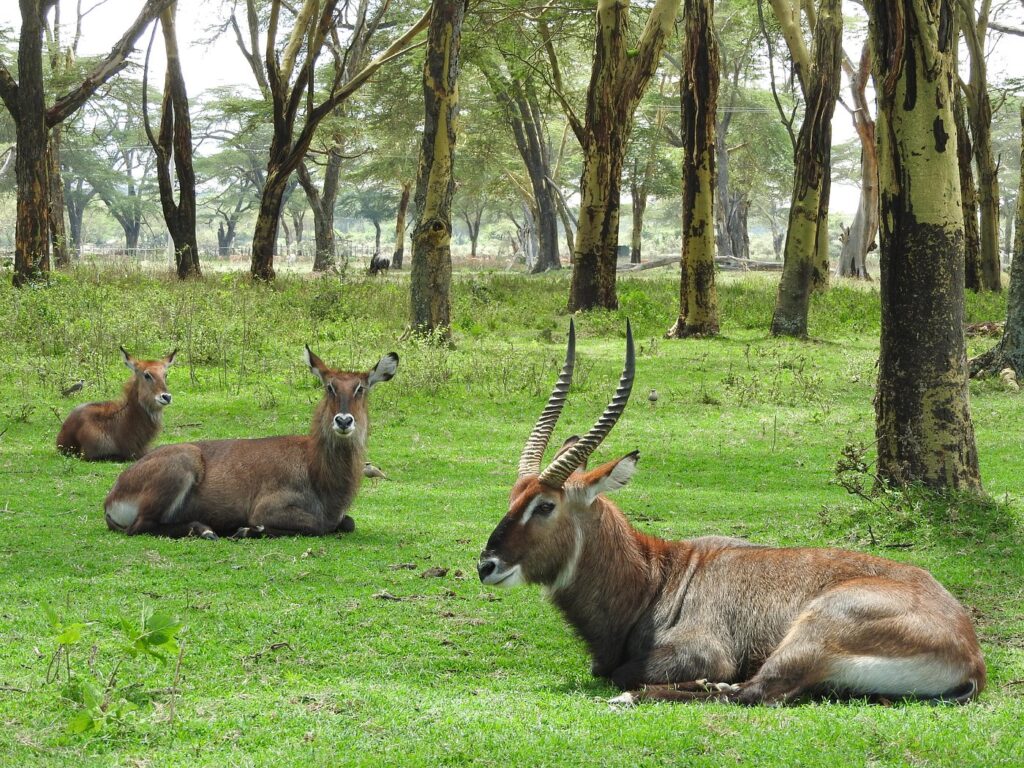
FAQs About Crescent Island
Yes! There are no predators, and guided walking safaris ensure a safe and memorable experience.
Absolutely. This is one of the best family-friendly safari options in Kenya.
Year-round, but dry season (June to October) offers easier walking and clear views.

